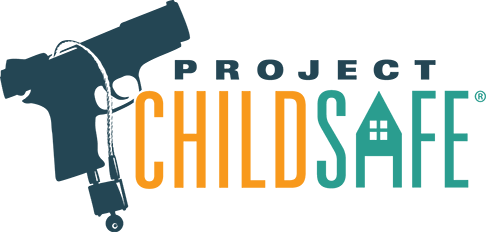Search
Cart
There are no items in your cart.
Login
On Manual Safety
The inclusion of a manual safety on a pistol often boils down to personal preference and the intended purpose of the firearm. This article will primarily focus on the role of safety in the context of everyday carry (EDC) firearms.
In the realm of double-action-only (DAO) or double-action/single-action (DA/SA) hammer-fired pistols, I believe a manual safety isn't necessarily required. Much like double-action revolvers, the safety of these firearms lies in their lengthy and firm trigger pull. But what if one opts for a manual or thumb safety? The argument against it is primarily centered around the potential risk of forgetting to disengage it during a critical situation, unless the user has undergone comprehensive training and ingrained the manual safety disengagement procedure into their muscle memory. Conversely, the argument in its favor suggests that situations requiring split-second decisions are statistically rare, and a manual safety serves as a consistent additional layer of protection.
I maintain the stance that a manual safety on a DA pistol essentially compensates for the user's lack of proficiency and good handling practices, specifically within the DA/SA framework.
Striker-fired pistols, on the other hand, present a different scenario. These firearms feature a trigger press that is substantially lighter than that of a DA, placing them somewhere between the DA and the SA. Considering that few would carry a single-action (SA) pistol without an engaged manual safety, carrying a striker-fired pistol without one could be deemed risky. To those who argue, "safety is in your head," "guns don’t fire on their own," or "a good holster ensures safety," I would ask: why not carry a 1911, cocked and with the safety off, in a high-quality holster? This rhetorical question underlines that, despite extensive training, we are not infallible. Mistakes occur, even among the highly trained, and when there's minimal room for error, it's prudent to have a safeguard in place. A DA pistol with its long, firm trigger pull serves this purpose. It's not advisable to compromise on this safety cushion.
This inevitably prompts the question: would a manual safety on a DA pistol serve as an extra safeguard? It's possible. However, considering the established safety record of DAO and DA/SA revolvers over the past century, it suggests that a DA trigger, even without a manual safety, is perfectly secure when handled by a proficient user. Analogously, the same can be inferred for DAO and DA/SA pistols. This long-standing evidence is rather compelling and cannot be overlooked.
Striker-fired pistols might eventually demonstrate similar safety credentials, but for now, I don't regard them as safe EDC options without some form of external safety—thumb, grip, or trigger (listed in order of my preference). Internal safety mechanisms like firing pin blockers are crucial, but if you think they're sufficient, I urge you to reconsider the 1911 analogy I made earlier.
It's vital to stress that no safety mechanism, internal or external, should ever replace user proficiency, training, and discipline.
Thank you for your time. Remember to stay safe and responsible!
_______________________________
Author: Edward Meyman
CEO, Kind Sniper LLC
Suggested Additional Reading:
- Safety (firearms) (source: Wikipedia)
NEWSLETTER










Leave a Comment